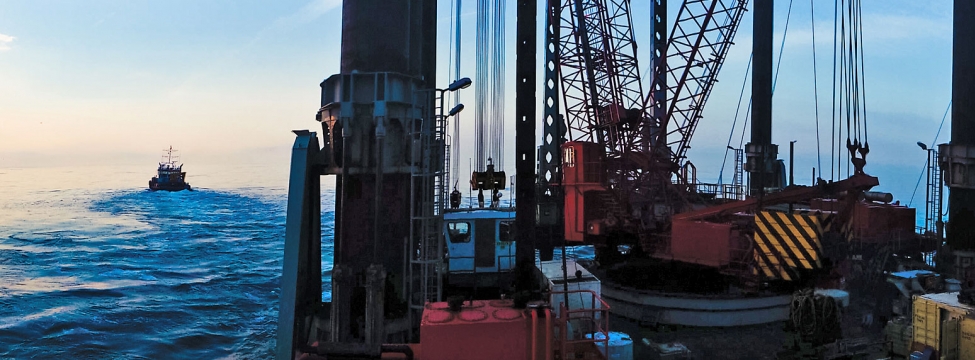To serve you better, our new website displays information specific to your location.
Please visit the site and bookmark it for future use.
Environmental management of upstream oil and gas projects
Driven by high oil prices and advances in technology, previous predictions of peak oil appear premature. New exploration frontiers are being opened, and the increasing focus on unconventional resources (e.g. shale gas) is heralding unprecedented changes in the global oil and gas landscape.
The environmental risks are generally well known and management and control measures have been developed to minimise or avoid these risks. Nevertheless, the industry faces unique environmental and technological challenges, as well as heightened stakeholder awareness, which require special skills and technical know-how in environmental management.
In the offshore environment, underwater noise generated by exploratory seismic surveys has been the subject of much debate, in particular the impact on marine mammals that rely entirely on underwater communication for survival, but also the impact on populations of commercial species targeted by local fisheries. Impacts depend on exposure to sound levels and the auditory sensitivity of species, which can vary greatly between similar animal groups. Sound exposure levels at different distances from the sound source (airguns used in seismic surveys) are predicted through sophisticated underwater sound propagation modelling, which is determined by sound output levels and various environmental parameters.
Impacts can range from interference with communication and masking of natural underwater sounds, to behavioural responses, auditory injury or mortality. Soft-starts (a slow build-up of sound output levels over time) is designed to minimise potential impacts on species such as whales and has been widely adopted by the oil and gas sector.
Similarly, oil spill and discharge dispersion modelling can predict the fate of routine discharges such as drilling wastes (cuttings and drilling fluids) and processing wastes (produced water/sand) and accidental oil spills caused by surface accidents or subsea well blow-outs during offshore drilling. Potential impacts on the benthic environment, water column biota and the coastline are identified and assessed based on the modelled results. Modelling and an understanding of risks can help determine the required level of emergency preparedness.
For projects on land, environmental concerns mimic those for other onshore industrial activities, although the newer technologies, such as advances in hydraulic fracturing, have introduced impacts that are not yet fully understood. Stakeholder engagement for ‘scare factor’ projects is often extremely complex and requires careful management to facilitate stakeholder comprehension and manage perceptions.
SRK has an excellent understanding of the key issues, technologies and international industry practice in upstream projects, and the obligations imposed by international conventions and regulations, such as the London Convention and MARPOL 73/78. These apply across all jurisdictions and SRK’s industry experience in southern Africa is readily transferrable.
Danélle Fourie: dfourie@srk.co.za
Chris Dalgliesh: cdalgliesh@srk.co.za
|
You can download a PDF of the entire |
PDF A4
|
PDF Letter
|
|
|
|
Our newsletters focus on specific areas of interest to earth resource professionals and clients. Each is available as an Adobe Acrobat PDF file. If you don't already have Adobe's PDF reader, you can download it free.


